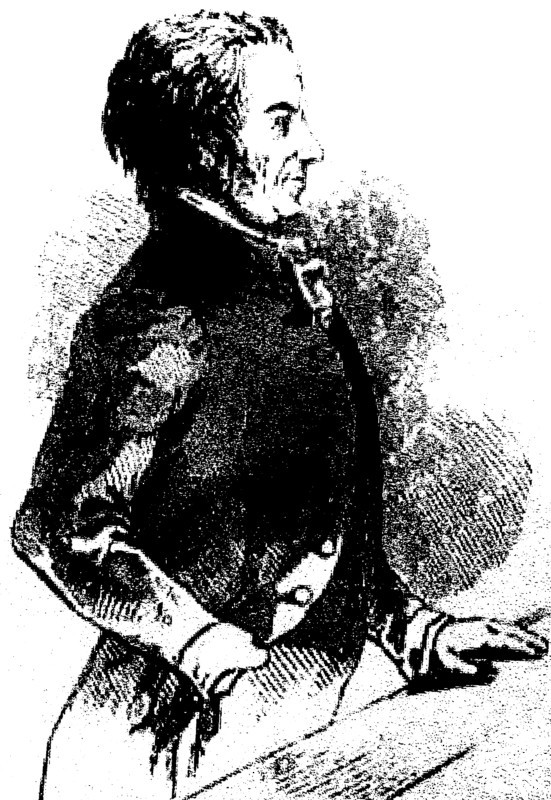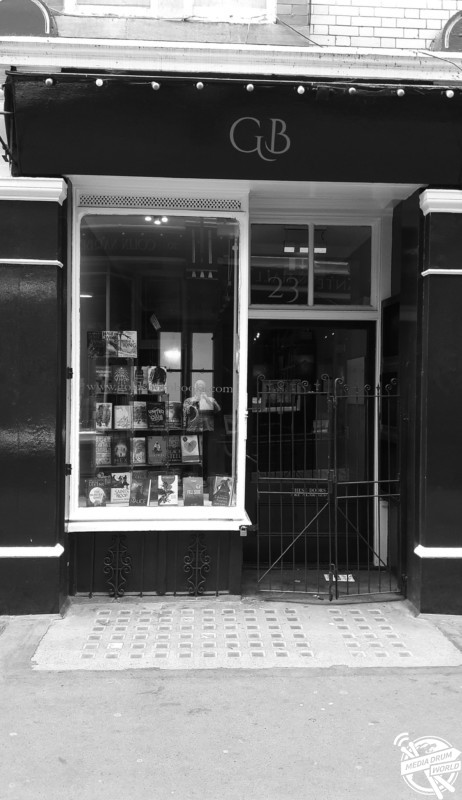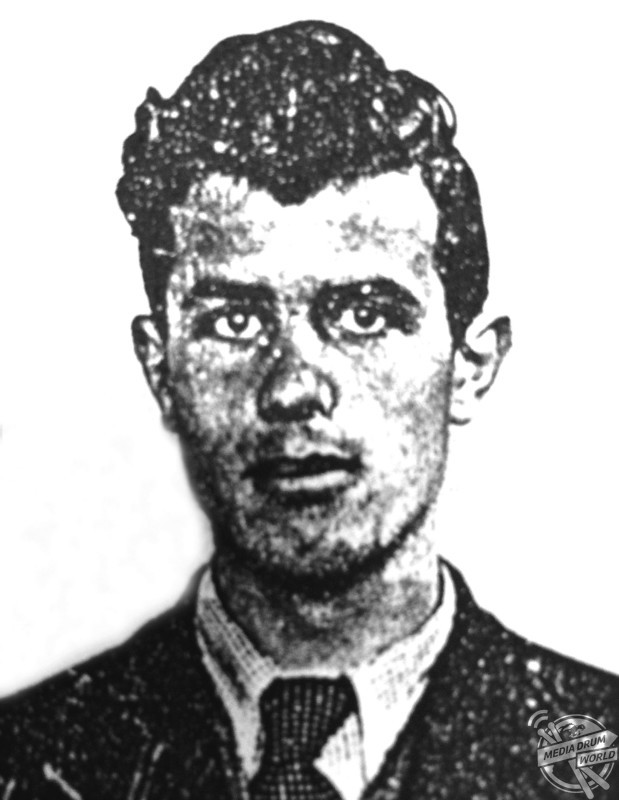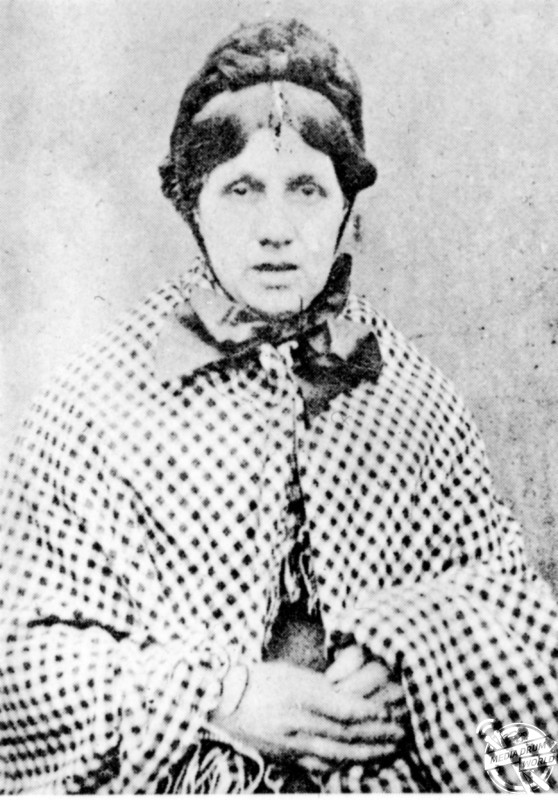
By Liana Jacob
DETAILS OF SOME OF THE MOST NOTORIOUS British murders of the last 150 years have been unveiled in a new book that takes an in-depth look at some of history’s most infamous cases.
Photos from ‘Convicted: Landmark Cases in British Criminal History’ by former police detective Gary Powell reveal sketches from intense interviews with Albert and Alfred Stratton, the first murderers to be convicted on fingerprint evidence, as well as a portrait of Jose Waldberg, one of the first spies to be executed under the Treachery Act 1940.

The series of pictures reveal details of some of the most dangerous characters to walk on British soil, including Mary Ann Cotton, a mass murderer who was commonly called the ‘Dark Angel of the North’. Mary Ann was an English serial killer who was convicted of and hanged for the murder by poisoning of her stepson Charles Edward Cotton, though she was suspected of murdering three of her four husbands for insurance. It is thought that she was responsible for the murder of as many as 21 people, including 11 of her 13 children.
Other photos show various notable locations from across the UK, such as Drummonds Bank in Charing Cross, London, where Edward Drummond emerged moments before he was murdered by Daniel M’Naghten in Whitehall, as well as the Calthorpe Arms Public House in London where PC Robert Culley was stabbed in the chest during the Coldbath Field Riots in May 1833.

And author Gary Powell, who worked as a detective on New Scotland Yard’s Anti-Terrorist Branch and played a role in a number of murder and terror investigations, says he found it fascinating to follow the constant evolution of the justice system over time.
“Great Britain has one of the oldest judicial systems in the world. Our common law can be traced back to the Middle Ages, and at its cornerstone is the jury system, with the basic tenet that a person is innocent until proven guilty,” Gary said.

“The law, of course, cannot stand still and has to move with the times to be fit for purpose in relation to Britain’s ever-changing social and economic traits, even to the point of questioning the effectiveness of the jury system in some cases.
“This book reflects on those changes and the landmark cases throughout our criminal history that have strengthened this country’s reputation for fairness and justice.”

“Starting as far back as the late eighteenth century, the examination and preservation of crime scenes had become ever more important, coinciding with the emergence of specific forensic methods and sciences,” Gary said.
“Fingerprinting, entomology, ballistics, facial reconstruction, forensic dentistry/odontology and of course DNA, to name some but not all, have aided the police in their ultimate aim to convict those guilty of some of the most horrendous crimes imaginable.”
Convicted: Landmark Cases in British Criminal History will be published by Amberley Publishing and is available here: https://www.amberley-books.com/convicted.html






